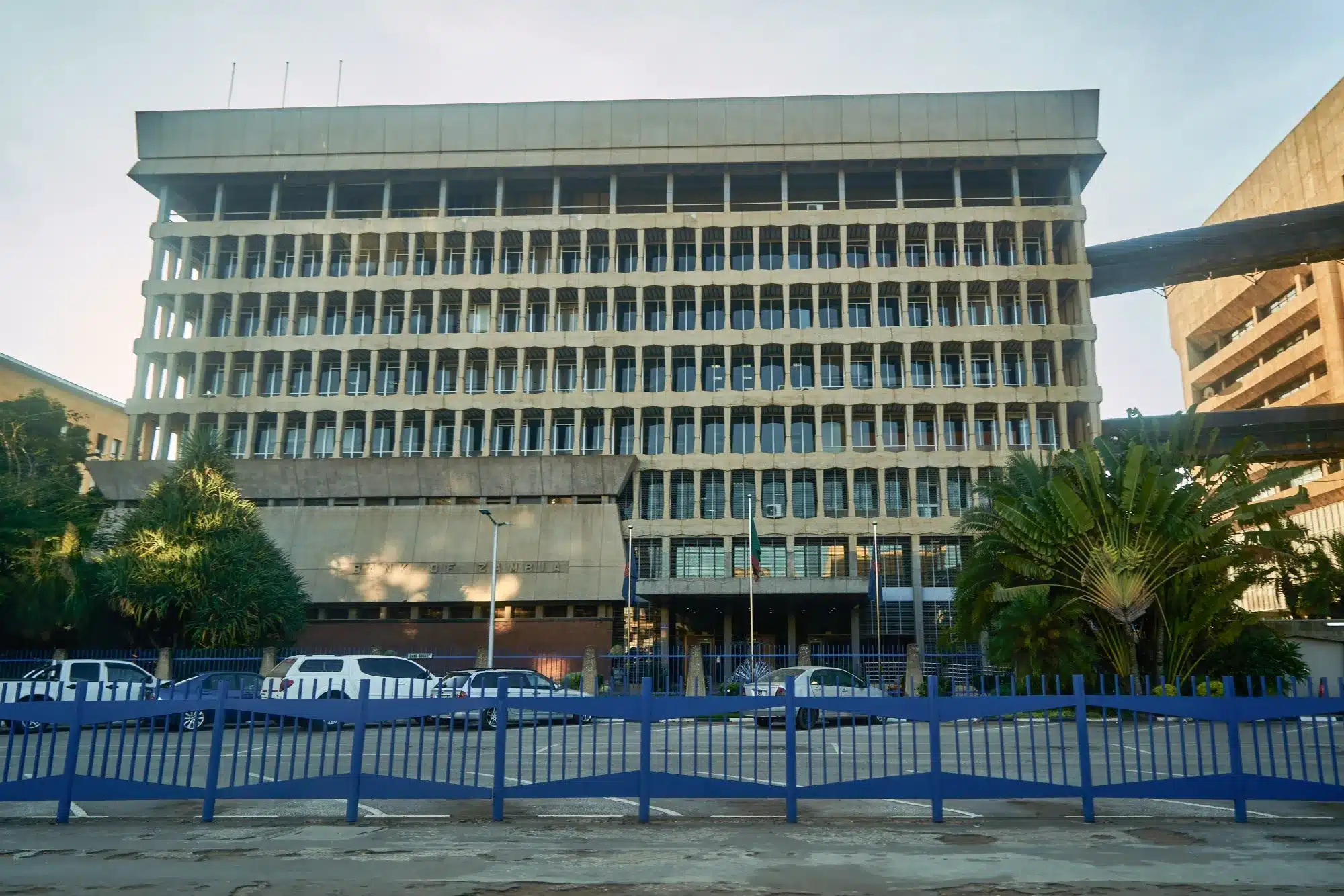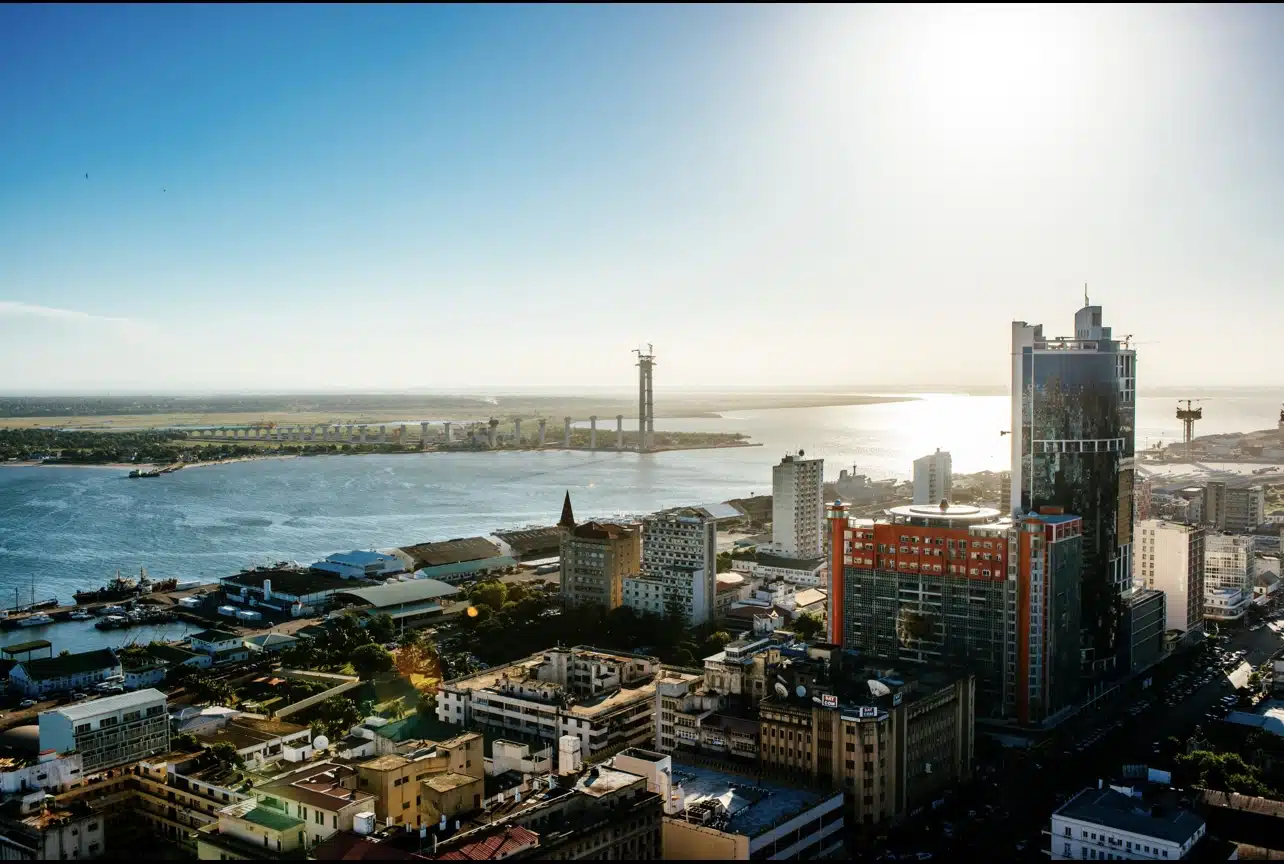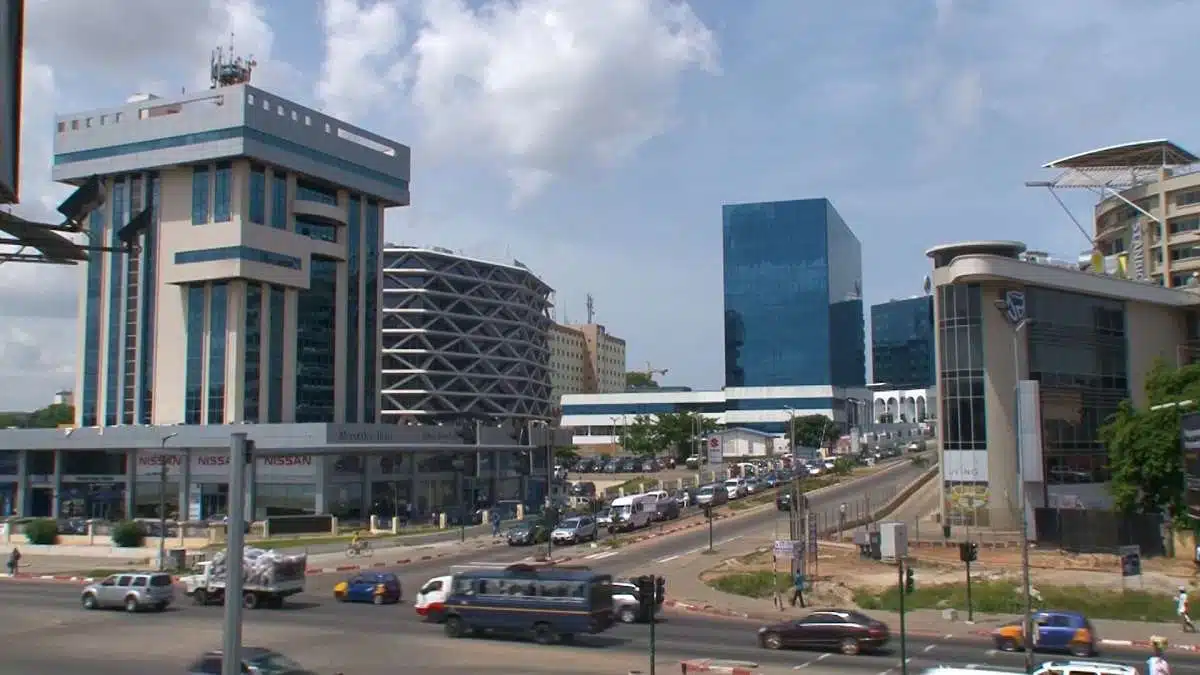In a bid to curb soaring inflation and stabilize its currency, the Bank of Zambia has raised its benchmark interest rate from 14% to 14.5%, marking the highest level since 2016.
BoZ Governor Denny Kalyalya announced the decision during a press briefing after the monetary policy committee (MPC) meeting held on Wednesday in Lusaka.
“The underlying reasons for doing this is to steer inflation back to the 6% to 8% target band,” Kalyalya said, emphasizing the need to anchor inflation expectations.
According to Bloomberg, the MPC stated in a follow-up statement that it is prepared to take further action if inflation remains above the target range.
In May 2019, annual inflation surpassed the central bank’s target range for the first time, reaching 8.1%. Driven by the worst drought the southern African nation has experienced in over a century, inflation has continued its upward trend, only stabilizing at 16.7% in January.
Despite the hike, inflation is expected to remain above the target range for the next eight quarters, according to the governor. He also projects an average inflation rate of 14.6% in 2025, up from the 13.9% forecast in the November MPC statement.
“The higher-than-expected inflation outlook for 2025 is mainly due to the recent surge in inflation and the continued depreciation of the exchange rate,” Kalyalya stated. “Although inflation is projected to decline to 10.6% in 2026, it will still exceed the target range.”
The prolonged drought has led to an 8% depreciation of the kwacha since the beginning of 2024, as the country has been forced to import costly food and electricity to mitigate shortages. In November 2025, the energy regulator raised electricity tariffs by 115% for high-power consumers to help cover import costs.
Zambia depends on hydropower for approximately 85% of its electricity generation, making it highly susceptible to power shortages caused by reduced water levels due to the ongoing drought.
So far, Zambia is the only country in the Southern African region to have raised its lending rate in 2025.
In contrast, other nations in the region have either maintained or reduced their rates. South Africa’s central bank lowered its key interest rate by 25 basis points, bringing it to 7.50% as of January 30.
Meanwhile, Angola’s central bank has kept its key benchmark rate steady at 19.50% for the fourth consecutive meeting, despite persistent inflationary pressures.






